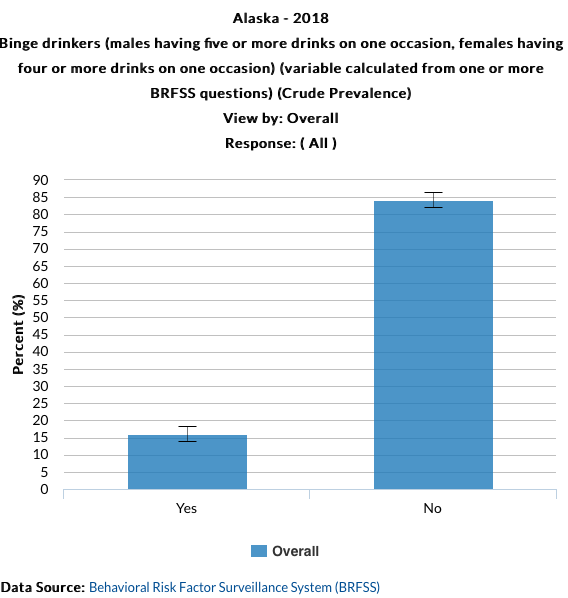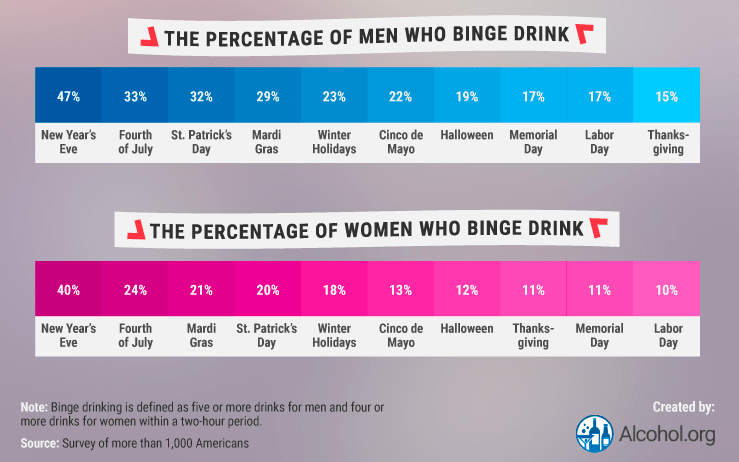Democrats in the Alaska House of Representatives make up 15 of the 40 seats. Add to those the two “stealth Democrats” Dan Ortiz and Bryce Edgmon, and you have 17. They have an outsized influence on public policy in Alaska because of six Republicans who aligned with them in what became a 23-member coalition at this time last year.
The Alaska Democratic Party is unsatisfied with having a majority that includes so many Republicans. They already lost two Republicans from their caucus last session, and they know they could lose more this year, if they push for an income tax or oil taxes, both of which seem likely.
Democrats are seeking to create a “true majority,” according to the Alaska Democratic Party’s year-end fundraising pitch, which was emailed to registered Democrats last week.
“Democrats are getting ready to run for the State House where we seek a true majority, and for the State Senate to strengthen our ranks,” the Democrats’ newsletter stated, hopefully.
They also asserted that Democrats would restore morality to America:
“We are poised to get the country realigned and restore our moral compass,” the ADP fundraising pitch added.
Their targeting committee has been busy identifying which Republicans in the Alaska House they have the best odds of beating in order to create that true majority.
So far, according to MRAK sources, the Democrats have identified the following House seats to flip:
Lance Pruitt, District 27 Anchorage. Their candidate Liz Snyder is rumored to have raised close to $100,000 and Pruitt has not filed for reelection. He seems unlikely to file at this late point; no sitting legislator can raise funds while the Legislature is in session. Liz Snyder, to date, has no opponent and has a path to victory paved with early dollars.
Sarah Vance, District 31 Homer. Vance took out Indie-Dem Paul Seaton (who ran in the Democrat primary unopposed in 2018). Seaton had promoted income taxes and had aligned with Democrats on oil tax hikes. Kelly Cooper, an undeclared candidate who will probably choose to run in the Democrats’ primary and as their nominee in November, has filed against Vance.
Sara Rasmussen, District 22 Anchorage. Rasmussen beat Indie-Dem Jason Grenn in 2018. Grenn ran as an undeclared in 2014 and beat the Republican incumbent, Liz Vazquez, but he caucused with the Democrats, which did not go over well in this Republican-leaning district. Democrats don’t have a viable candidate yet, but it will likely be an Undeclared, rather than an actual Democrat.
Mel Gillis, District 25 Anchorage. Gillis was the Republican appointed to the seat by Gov. Mike Dunleavy after Josh Revak moved to the Senate; the shuffling occurred after the death of Sen. Chris Birch. Calvin Schrage, a registered nonpartisan, has filed to run and will probably be on the Democrats’ primary ballot; Schrage signed the Dunleavy recall petition.
The other seats Democrats could try to flip would be Bart LeBon of District 1, which he won by just one vote in 2018. Democrats wanted that seat to go to Democrat Kathryn Dodge, but she lost after a recount, and then went on to lose a bid for mayor of the City of Fairbanks. Dodge was their best hope for keeping District 1 in 2018 after Scott Kawasaki moved to the Senate; Dodge may be tired of losing and not step up to the plate in 2020. LeBon is currently caucusing with the Democrats, and that may give him immunity from the Democrats’ target list.
On the Republican side, in addition to Lance Pruitt and Steve Thompson not having yet filed for reelection, Ben Carpenter of Nikiski and Dave Talerico of Healy have also missed out on the 2019 fundraising cycle by dragging their feet. Carpenter is likely to file, and announced on the Michael Dukes show on Monday that he intends to file, while Talerico is said to be on the fence. Both are in safe Republican districts.
Rep. John “Agnaqluk” Lincoln of Kotzebue has changed his registration back to Undeclared, and has not filed for reelection to District 40; he has indicated he will not run again. Lincoln had been appointed to the seat after Dean Westlake, who Democrats picked as their way to take out Democrat Ben Nageak in 2016, resigned in disgrace. For his last year in office, Lincoln is still a member of the House Democrat-led majority, but is now not a Democrat.
Ely Cyrus, a registered Republican from Kiana and the former vice mayor of the community, has filed for District 40.
Democrats will probably find a blue candidate for District 40 to replace Lincoln in 2020. They likely won’t target Republicans like Louise Stutes of Kodiak, who is one of their biggest Republican allies in the Democrat-controlled caucus. Others they’ll leave alone are Reps. Jennifer Johnston, Chuck Kopp, Gary Knopp, and Steve Thompson, all who abandoned the Republicans’ once-22-member caucus, and now are part of the Democrats’ caucus. Of those, Knopp is the only one in trouble in his district, as he faces a primary challenge from Republican Ron Gillham.
Republicans who remain in the Republican caucus, now a minority, are 16 strong, two more than at this time last year, when they only had 14 of their elected Republicans working together.

For the 17 Democrats to create a ‘true’ majority, they’ll need to pick off four seats, and ensure that Republican Rep. Gary Knopp of Kenai doesn’t lose in his primary.
If all that comes to pass, the Democrats will not need at least some of the Republicans who crossed over to their caucus. Which ones would lose chairmanships under that scenario is a far-more speculative topic.














